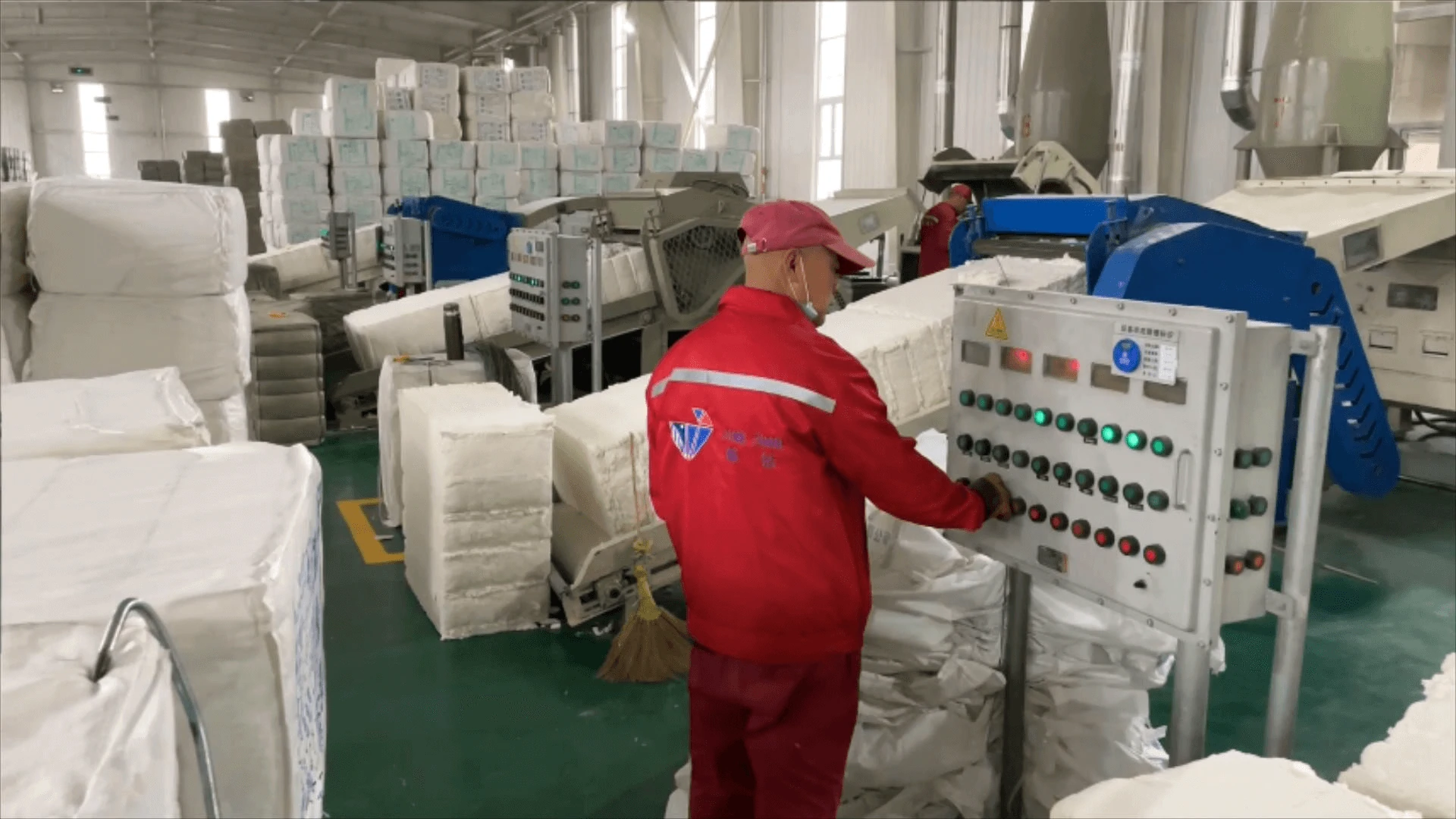
Dec . 07, 2024 08:25 Back to list
hpmc chemical structure
Understanding the Chemical Structure of HPMC
Hydroxypropyl Methylcellulose (HPMC) is a versatile cellulose derivative widely utilized in various industries, including pharmaceuticals, food, and construction. Its unique chemical structure is pivotal in determining its functional properties, making it an essential component for numerous applications.
Chemical Structure
HPMC is synthesized from the natural polymer cellulose, which is obtained from plant cell walls. In the production of HPMC, cellulose is chemically modified through etherification, where hydroxyl groups (-OH) on the cellulose backbone are replaced by hydroxypropyl and methyl groups. The chemical formula of HPMC can be represented as
\[ C_nH_{2n}O_m \]
where n and m depend on the degree of polymerization and substitution ratio. The hydroxypropyl and methyl substitutions introduce hydrophilic and hydrophobic characteristics, respectively, which enhance the solubility and functional versatility of HPMC in aqueous environments.
Substitution Patterns
The substitution pattern of HPMC plays a key role in its properties. Typically, HPMC can contain varying proportions of hydroxypropyl and methyl groups, which can be adjusted during synthesis to tailor its attributes for specific applications. The degree of substitution (DS) indicates the average number of hydroxyl groups that have been replaced by methoxy or hydroxypropyl groups. Commonly, HPMC grades on the market might have a DS ratio of 1.5 to 3.0 for methoxy and 0.5 to 1.5 for hydroxypropyl.
hpmc chemical structure

Higher levels of methoxy substitution tend to increase water solubility, while higher levels of hydroxypropyl substitution facilitate the formation of gel-like structures. This balance between hydrophilicity and hydrophobicity is crucial for applications where moisture control or film-forming properties are desired.
Applications
The properties derived from the chemical structure of HPMC enable its utilization in diverse fields
1. Pharmaceuticals HPMC is often used as a binder in tablet formulations because it provides excellent viscosity and film-forming properties. Its ability to form gels makes it suitable for sustained-release formulations. Moreover, its non-toxic nature and compatibility with a range of active pharmaceutical ingredients make it a preferred excipient in the pharmaceutical industry.
2. Food Industry In food applications, HPMC serves as a thickening agent and stabilizer. Its emulsifying properties are leveraged in products like dressings and sauces, providing the creamy texture desired by consumers. Furthermore, HPMC is often used in gluten-free baking, where it helps improve dough elasticity and moisture retention.
3. Construction The construction industry recognizes the utility of HPMC in mortars and adhesives. Its water-retention properties can improve the workability of cement-based materials, ensuring better adhesion and longevity. The addition of HPMC enhances the performance of tile adhesives, plaster, and other building materials.
Conclusion
In summary, the unique chemical structure of Hydroxypropyl Methylcellulose is foundational to its widespread application across various industries. Its versatility stems from the ability to customize its hydrophilic and hydrophobic properties through precise control of the substitution patterns during synthesis. As industries seek more environmentally friendly and multifunctional materials, HPMC stands out as a crucial component in promoting innovation and improving product performance. Understanding its chemical structure not only helps in appreciating its diverse applications but also paves the way for future developments and enhancements in various formulations.
-
Versatile Hpmc Uses in Different Industries
NewsJun.19,2025
-
Redispersible Powder's Role in Enhancing Durability of Construction Products
NewsJun.19,2025
-
Hydroxyethyl Cellulose Applications Driving Green Industrial Processes
NewsJun.19,2025
-
Exploring Different Redispersible Polymer Powder
NewsJun.19,2025
-
Choosing the Right Mortar Bonding Agent
NewsJun.19,2025
-
Applications and Significance of China Hpmc in Modern Industries
NewsJun.19,2025







